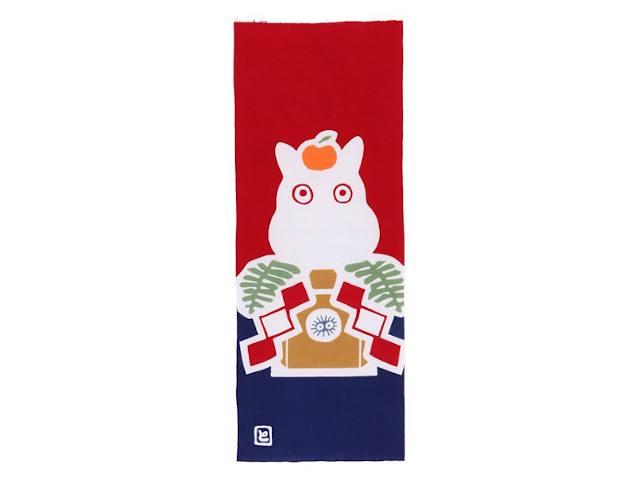
My Neighbour Totoro and Spirited Away characters reimagined as New Year’s decorations.
With Halloween just around the corner, the end of the year is once again whizzing by, and before we know it, it’ll be time to pull the curtain back on 2024. Studio Ghibli is getting in early by restocking some of their sold-out New Year’s tenugui at the moment, so now’s the time to bag them so we can have some of our favourite characters around to help ring in the New Year.
As the studio is big on keeping old traditions alive, these items see characters from My Neighbour Totoro and Spirited Away incorporated into traditional lucky icons and imagery used during the New Year period. The original Ghibli artworks have been printed on to tenugui, long sheets of cotton cloth that can be used for everything from cleaning to carrying, but these ones are so beautiful you’ll want to hang them on the wall like picture scrolls.
The first tenugui sees Totoro added to a kumade, an auspicious rake that’s said to “rake in” good fortune, wealth and success. Kumade are traditional New Year’s decorations that come in different sizes, and while they can contain a variety of adornments, this is our first time seeing Totoro inside one!
Joining the cute character is a straw rope, to protect against evil, and a bunch of plum blossoms, symbolising success in life due to their early blooming period. There’s also an image of a “tai” (red sea bream), another lucky symbol due to its auspicious red colour and the fact that “tai” sounds like the Japanese word “medetai”, which means “happy” or “auspicious“.
In true creative Ghibli style, the word “medetai” appears here, cleverly created by combining “めで” (“mede”) with an image of the “tai” fish. In the centre of the rake is the character “と” (“to”) for “Totoro”.
Totoro also appears on a traditional kagami mochi decoration, which usually consists of two mochi rice cakes, placed on a small wooden pedestal decorated with urajiro (fern leaves) and auspicious red-and-white paper known as shide, to ward off evil.
Here, Totoro’s delightfully rotund shape takes the place of the white mochi rice cakes, and like traditional kagami mochi, he has a citrus fruit placed at the very top, as a symbol of longevity and strong family lineage.
▼ Totoro is joined by a Soot Sprite, hiding out in the hole of the pedestal, for an extra dash of cuteness.
Totoro also features on another tenugui, this time appearing as a costume for a daruma, one of Japan’s most famous lucky New Year’s items.
▼ Well, we hope this is a costume because otherwise Totoro has a daruma inside its mouth.
Lovers of the Catbus will be happy to know there’s a tenugui featuring the character dressed up as a lion dancer. Shishimai lion dances are traditionally performed at New Year to usher in good luck, and one of the common patterns on the cloak is an arabesque design, which features here on the Catbus.
The destination marker on the Catbus is set to “su” or “nest” — the home of the Catbus — so it’s as if the character is ushering in good luck to your own nest as well.
▼ Finally, we have a tenugui design featuring some of the characters from Spirited Away.
The auspicious imagery is strong here, with the rising sun in the sky alluding to the first sunrise of the year, a tai fish jumping out of the waves, and a boat full of Spirited Away spirits. This boat is styled to look like the Takarabune (“Treasure Ship”), a mythical ship that’s said to sail from the heavens, ferrying the Seven Lucky Gods into ports in our world during the first three days of the New Year.
The sail on this ship displays the kanji “油” (“Abura”) for the Aburaya (literally “oil shop”) bathhouse seen in the movie, which fits in nicely with the film’s narrative, where the spirits arrive at the bathhouse by boat.
Standing in for the Seven Lucky Gods in this scenario are No Face, the Oshira-sama radish spirit, a couple of Ootori-sama chicken/duck spirits, a couple of masked, fan-holding Kasuga-sama spirits, and the Aogaeru frog spirit.
Yubaba, the proprietress of the bathhouse, also features on a tenugui, standing in the centre of a kumade rake with baby Boh, No Face, and two of the bathhouse spirit visitors by her side.
And just in case you’re in the market for an autumnal Ghibli tenugui, this tsukimi moon-viewing, dumpling-eating Totoro is also back in stock.
And though it’s not particularly seasonal, we can’t help but feel this No Face tenugui is perfectly suited to the Halloween season.
The tenugui are made and hand-dyed in Japan by traditional artisans, and measure roughly 33 by 90 centimetres (13 by 35 inches). All the designs are priced at 2,640 yen (US$17.58) each, except for the Kumade Totoro design, which is priced at 2,860 yen, and the Yubaba Kumade and No Face designs, which are a relative bargain at 2,200 yen each.
The tenugui can be purchased at Donguri Kyowakoku stores and online while stocks last, and now we have our fingers crossed that these sold-out Totoro and Catbus New Year’s decorations will be back in stock soon!
Source: Donguri Kyowakoku
Featured image: Donguri Kyowakoku
Insert images: Donguri Kyowakoku (1, 2, 3, 4, 5, 6, 7, 8)
● Want to hear about SoraNews24’s latest articles as soon as they’re published? Follow us on Facebook and Twitter!

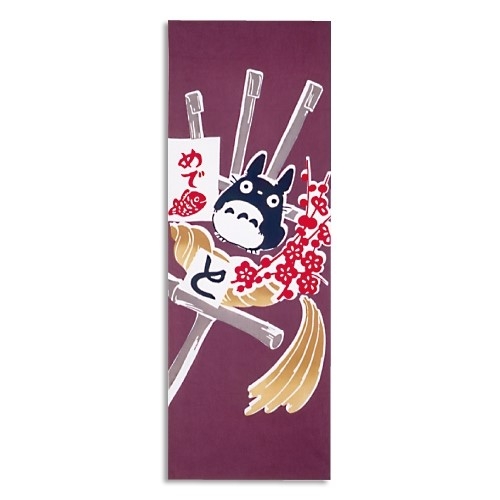
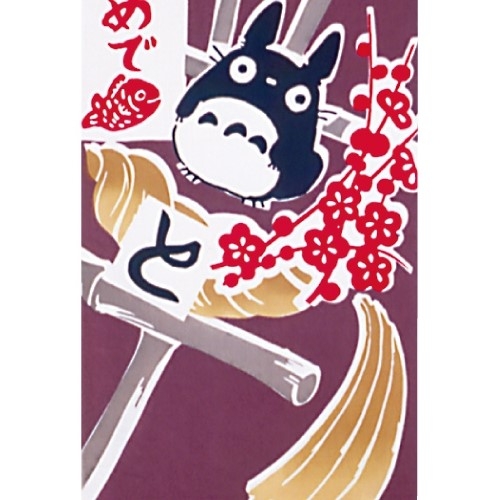
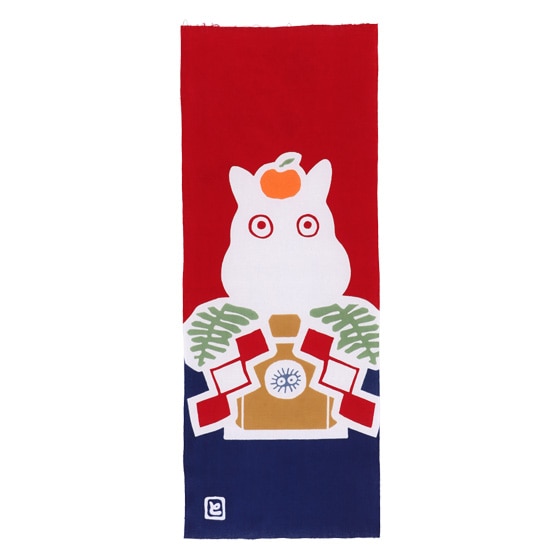
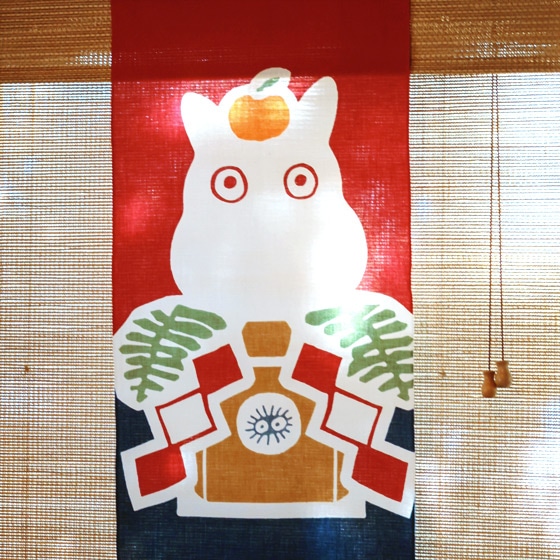

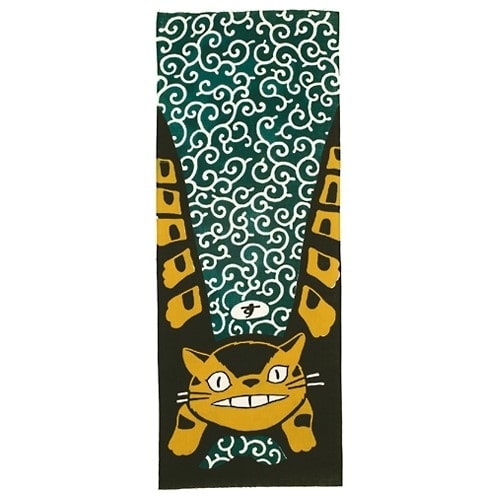
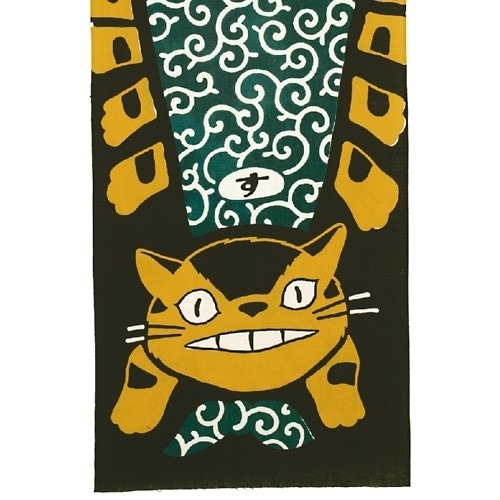
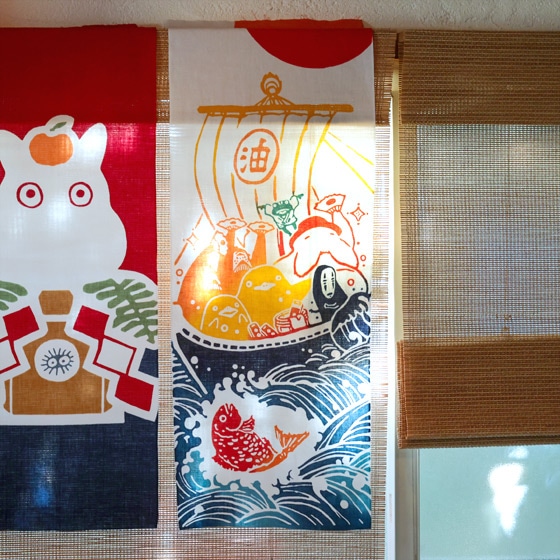
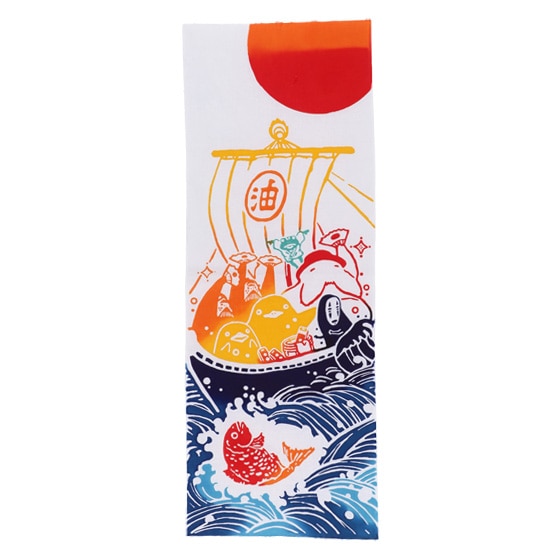
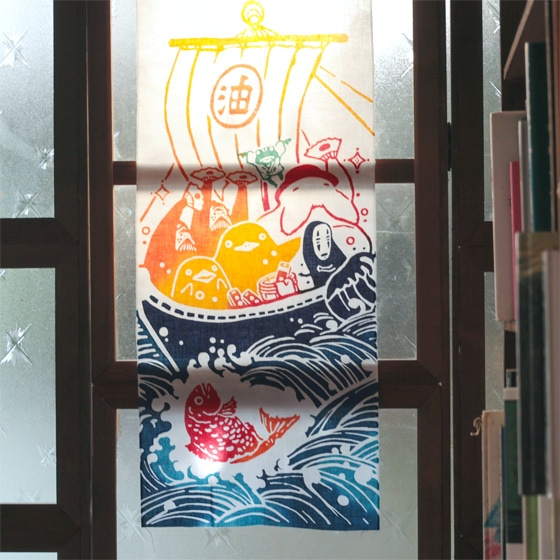
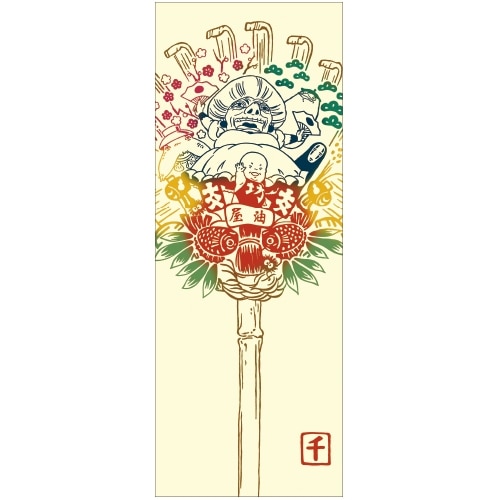
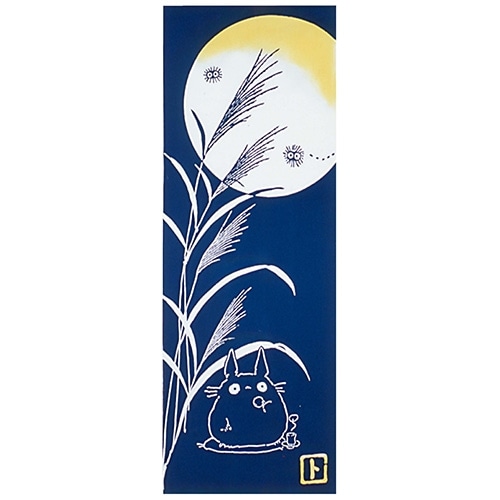
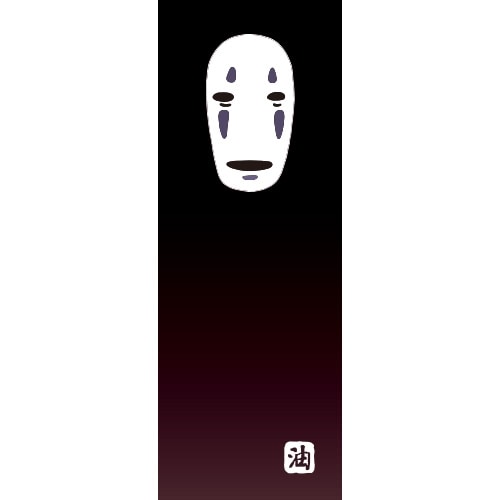
 Ghibli New Year’s Totoro decoration sells out online, but there’s still a way you can get one
Ghibli New Year’s Totoro decoration sells out online, but there’s still a way you can get one New Studio Ghibli handkerchiefs feature Totoro and the Catbus, and have a surprise wrapped inside
New Studio Ghibli handkerchiefs feature Totoro and the Catbus, and have a surprise wrapped inside Studio Ghibli retail chain brings out a mystery fukubukuro lucky bag for New Year
Studio Ghibli retail chain brings out a mystery fukubukuro lucky bag for New Year Studio Ghibli glasses cases let anime characters keep an eye on your spectacles
Studio Ghibli glasses cases let anime characters keep an eye on your spectacles You can now drive Totoro’s Catbus with this awesome new item from the Ghibli specialty shop【Vid】
You can now drive Totoro’s Catbus with this awesome new item from the Ghibli specialty shop【Vid】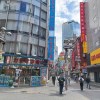 Foreigner’s request for help in Tokyo makes us sad for the state of society
Foreigner’s request for help in Tokyo makes us sad for the state of society Seaside scenery, history, and so many desserts on Yokohama’s Akai Kutsu【Japan Loop Buses】
Seaside scenery, history, and so many desserts on Yokohama’s Akai Kutsu【Japan Loop Buses】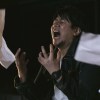 Japanese city loses residents’ personal data, which was on paper being transported on a windy day
Japanese city loses residents’ personal data, which was on paper being transported on a windy day Japan’s summertime towelket pillowcases are even better with the addition of Ghibli stars【Photos】
Japan’s summertime towelket pillowcases are even better with the addition of Ghibli stars【Photos】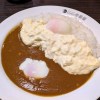 Should you add tartar sauce to Japanese curry rice? CoCo Ichi makes diners an unusual offer
Should you add tartar sauce to Japanese curry rice? CoCo Ichi makes diners an unusual offer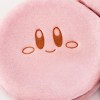 Smash Bros. director Sakurai stabs Kirby in the face, has delicious justification for it
Smash Bros. director Sakurai stabs Kirby in the face, has delicious justification for it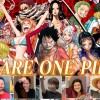 The results are in! One Piece World Top 100 characters chosen in global poll
The results are in! One Piece World Top 100 characters chosen in global poll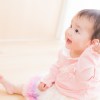 Osaka governor suggests lowering voting age to 0 to curb population decline
Osaka governor suggests lowering voting age to 0 to curb population decline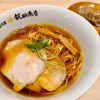 Japanese ramen restaurants under pressure from new yen banknotes
Japanese ramen restaurants under pressure from new yen banknotes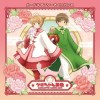 Cardcaptor Sakura Chinese Cafe opens in Tokyo, coming to other cities with special merch【Pics】
Cardcaptor Sakura Chinese Cafe opens in Tokyo, coming to other cities with special merch【Pics】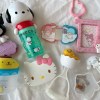 McDonald’s new Happy Meals offer up cute and practical Sanrio lifestyle goods
McDonald’s new Happy Meals offer up cute and practical Sanrio lifestyle goods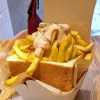 French Fries Bread in Tokyo’s Shibuya becomes a hit on social media
French Fries Bread in Tokyo’s Shibuya becomes a hit on social media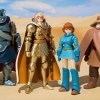 Studio Ghibli releases new action figures featuring Nausicaä of the Valley of the Wind characters
Studio Ghibli releases new action figures featuring Nausicaä of the Valley of the Wind characters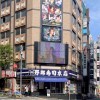 Red light district sushi restaurant in Tokyo shows us just how wrong we were about it
Red light district sushi restaurant in Tokyo shows us just how wrong we were about it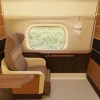 New private rooms on Tokaido Shinkansen change the way we travel from Tokyo to Kyoto
New private rooms on Tokaido Shinkansen change the way we travel from Tokyo to Kyoto Tokyo Tsukiji fish market site to be redeveloped with 50,000-seat stadium, hotel, shopping center
Tokyo Tsukiji fish market site to be redeveloped with 50,000-seat stadium, hotel, shopping center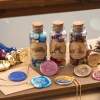 Beautiful Ghibli sealing wax kits let you create accessories and elegant letter decorations【Pics】
Beautiful Ghibli sealing wax kits let you create accessories and elegant letter decorations【Pics】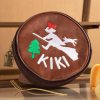 Studio Ghibli releases Kiki’s Delivery Service chocolate cake pouches in Japan
Studio Ghibli releases Kiki’s Delivery Service chocolate cake pouches in Japan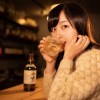 New definition of “Japanese whiskey” goes into effect to prevent fakes from fooling overseas buyers
New definition of “Japanese whiskey” goes into effect to prevent fakes from fooling overseas buyers Our Japanese reporter visits Costco in the U.S., finds super American and very Japanese things
Our Japanese reporter visits Costco in the U.S., finds super American and very Japanese things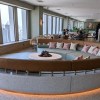 All-you-can-drink Starbucks and amazing views part of Tokyo’s new 170 meter-high sky lounge
All-you-can-drink Starbucks and amazing views part of Tokyo’s new 170 meter-high sky lounge More foreign tourists than ever before in history visited Japan last month
More foreign tourists than ever before in history visited Japan last month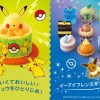 New Pokémon cakes let you eat your way through Pikachu and all the Eevee evolutions
New Pokémon cakes let you eat your way through Pikachu and all the Eevee evolutions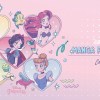 Disney princesses get official manga makeovers for Manga Princess Cafe opening in Tokyo
Disney princesses get official manga makeovers for Manga Princess Cafe opening in Tokyo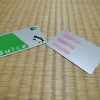 Sales of Japan’s most convenient train ticket/shopping payment cards suspended indefinitely
Sales of Japan’s most convenient train ticket/shopping payment cards suspended indefinitely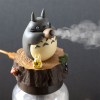 Sold-out Studio Ghibli desktop humidifiers are back so Totoro can help you through the dry season
Sold-out Studio Ghibli desktop humidifiers are back so Totoro can help you through the dry season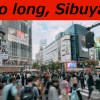 Japanese government to make first change to romanization spelling rules since the 1950s
Japanese government to make first change to romanization spelling rules since the 1950s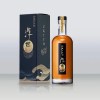 Ghibli founders Toshio Suzuki and Hayao Miyazaki contribute to Japanese whisky Totoro label design
Ghibli founders Toshio Suzuki and Hayao Miyazaki contribute to Japanese whisky Totoro label design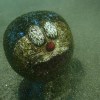 Doraemon found buried at sea as scene from 1993 anime becomes real life【Photos】
Doraemon found buried at sea as scene from 1993 anime becomes real life【Photos】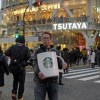 Tokyo’s most famous Starbucks is closed
Tokyo’s most famous Starbucks is closed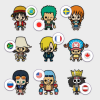 One Piece characters’ nationalities revealed, but fans have mixed opinions
One Piece characters’ nationalities revealed, but fans have mixed opinions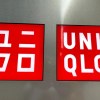 We asked a Uniqlo employee what four things we should buy and their suggestions didn’t disappoint
We asked a Uniqlo employee what four things we should buy and their suggestions didn’t disappoint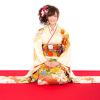 Princesses, fruits, and blacksmiths: Study reveals the 30 most unusual family names in Japan
Princesses, fruits, and blacksmiths: Study reveals the 30 most unusual family names in Japan Studio Ghibli releases new plush toy backpacks for adults and children
Studio Ghibli releases new plush toy backpacks for adults and children Studio Ghibli makes every day magical with new Spirited Away, Totoro and Kiki calendars
Studio Ghibli makes every day magical with new Spirited Away, Totoro and Kiki calendars Studio Ghibli summer merchandise puts famous anime characters on Japanese fans and wind chimes
Studio Ghibli summer merchandise puts famous anime characters on Japanese fans and wind chimes 【Lucky Bag Roundup 2018】Celebrate New Year with Studio Ghibli merchandise from Donguri Kyowakoku
【Lucky Bag Roundup 2018】Celebrate New Year with Studio Ghibli merchandise from Donguri Kyowakoku Studio Ghibli-licensed store Donguri Kyowakoku brings us the fukubukuro lucky bag of our dreams
Studio Ghibli-licensed store Donguri Kyowakoku brings us the fukubukuro lucky bag of our dreams New Studio Ghibli clocks let you keep an eye on the time with your favourite anime characters
New Studio Ghibli clocks let you keep an eye on the time with your favourite anime characters New Roaring Totoro plushies from Studio Ghibli make us view the character in a new light
New Roaring Totoro plushies from Studio Ghibli make us view the character in a new light Totoro, Spirited Away mamezara dishes ready to grace the tables of Studio Ghibli anime fans【Pics】
Totoro, Spirited Away mamezara dishes ready to grace the tables of Studio Ghibli anime fans【Pics】 My Neighbour Totoro kimono coat sells out as soon as it’s released by Studio Ghibli in Japan
My Neighbour Totoro kimono coat sells out as soon as it’s released by Studio Ghibli in Japan Sakura Totoro: Official Studio Ghibli merchandise for cherry blossom season 2019
Sakura Totoro: Official Studio Ghibli merchandise for cherry blossom season 2019 Studio Ghibli scarves, gloves and bags will keep you warm this fall and winter
Studio Ghibli scarves, gloves and bags will keep you warm this fall and winter New Totoro, Catbus, and other Ghibli plushies transform from cushions to blankets【Photos】
New Totoro, Catbus, and other Ghibli plushies transform from cushions to blankets【Photos】 Studio Ghibli releases a Catbus clock in Japan with loads of cute details
Studio Ghibli releases a Catbus clock in Japan with loads of cute details Studio Ghibli releases The Boy and the Heron doll that never, ever gives up
Studio Ghibli releases The Boy and the Heron doll that never, ever gives up Snowman Totoro, other self-righting dolls never stay down, will always keep your spirits up【Pics】
Snowman Totoro, other self-righting dolls never stay down, will always keep your spirits up【Pics】 Smiling Totoro, Catbus eco bags and plushie clips reward you with smiles for being kind to nature
Smiling Totoro, Catbus eco bags and plushie clips reward you with smiles for being kind to nature
Leave a Reply